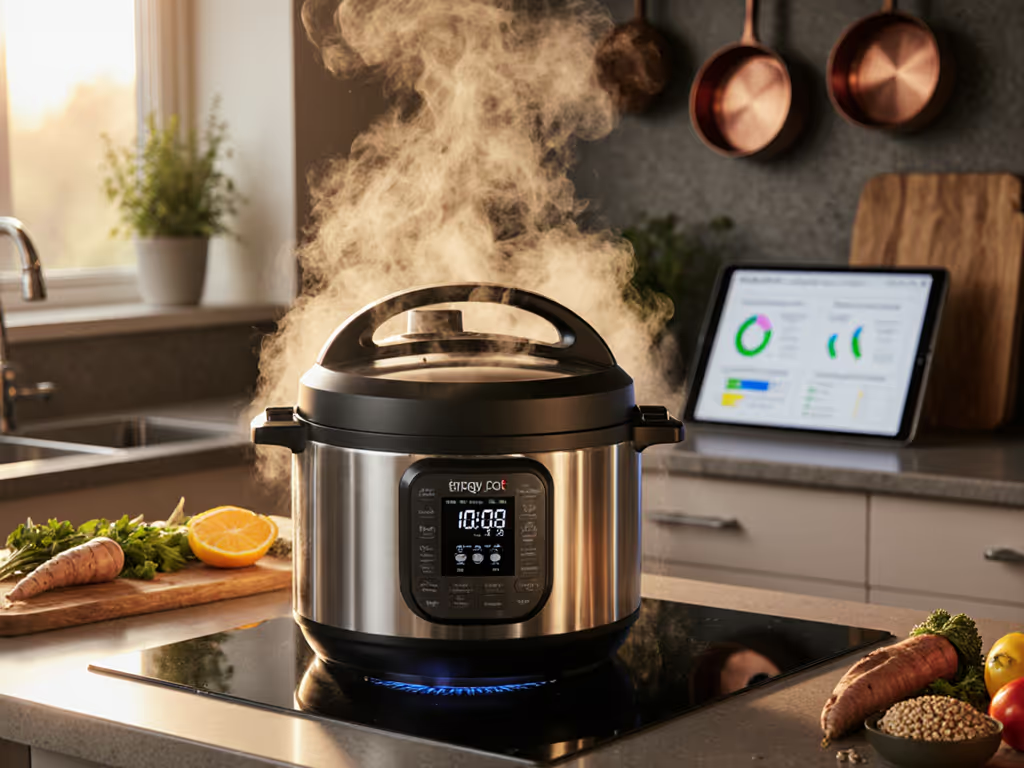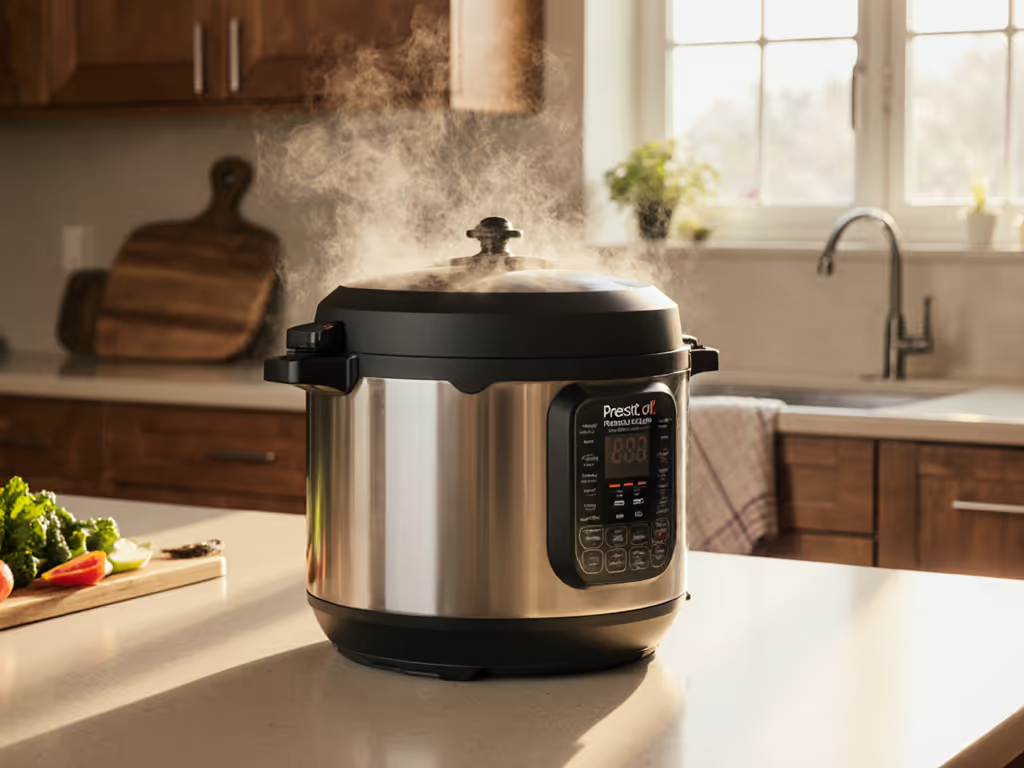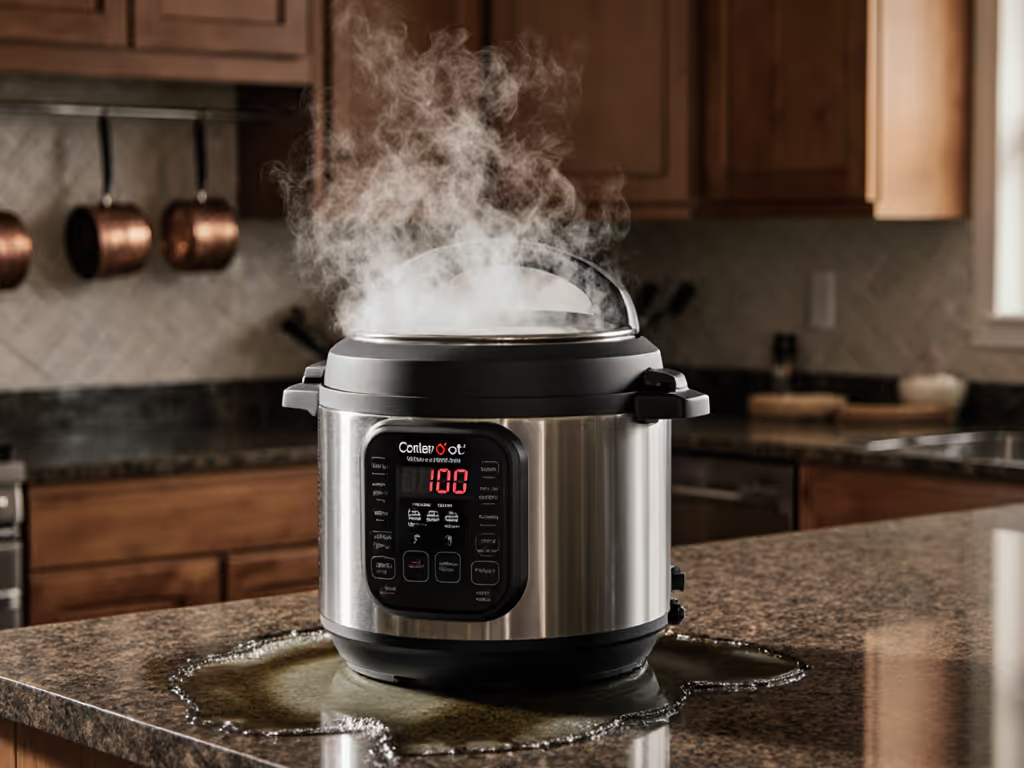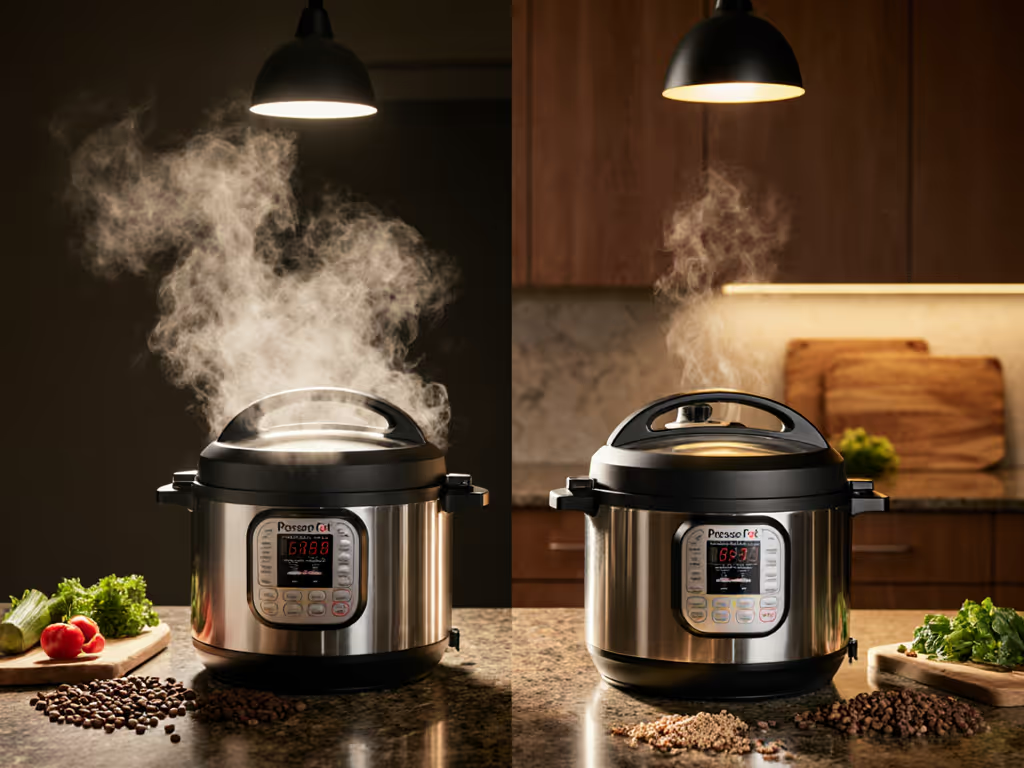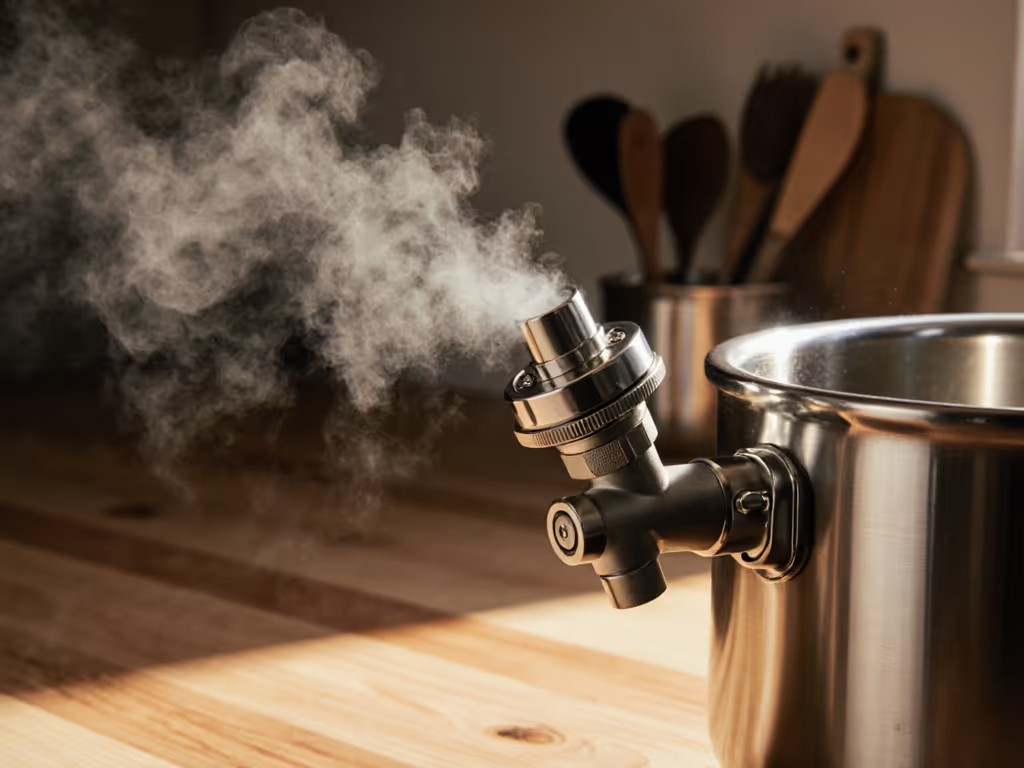Let's cut through the noise: pressure cooker basics aren't just about speed, they're about safety engineered into every jiggle, whistle, and beep. A multi use pressure cooker can transform your kitchen, but only if you treat it like the precision tool it is, not a magic box. Get the fundamentals wrong, and you'll face steam burns, ruined beans, or the dreaded "BURN" error. Get them right? Tender short ribs in 45 minutes, weekly meal prep done before your commute ends, and peace of mind. As a usability reviewer who's tested cookers with arthritic hands and winter gloves, I'll tell you bluntly: ease-of-use is a safety feature, not a luxury. If you're squinting at a display or wrestling a lid, that's not user error, it's bad design. Let's fix that.
Frequently Asked Questions: Pressure Cooking Safety & Workflow
Why do "simple" pressure cooker recipes still scare me?
Because most skip the real workflow: preheat time, pressure buildup, and release duration. That "20-minute chili"? It's actually 45 minutes. Safety isn't just about explosions, it's predictability. Pressure cooking safety starts with time honesty. My aunt's achy hands taught me: if a recipe doesn't specify total hands-on time, discard it. Always account for:
- Preheat: 5-10 minutes to reach pressure (longer at altitude)
- Natural release: 10-20 minutes for beans/grains (critical for texture)
- Quick release: 2 minutes, but only for delicate veggies
If the manual says "cook 15 minutes," but hides the 15-minute release time, you'll serve mush. That's not your fault, it's poor UX.
Stovetop vs. electric: Which is safer for beginners?
Electric pressure cookers (like the Instant Pot Duo Mini) win for foolproof safety if you respect their limits. Stovetop models require constant vigilance to maintain that gentle jiggle, too loud means scorching, too quiet means underpressure. But here's the catch: electric models hide process cues. You won't hear pressure building or see steam volume. That's why I demand:
- Clear displays legible through kitchen steam (backlit, not LCD)
- Audible alerts that cut through sizzling pans
- Quiet steam valves (no hissing like a freight train)
Stovetop wins for tactile feedback, but electric excels for hands-off timing. Neither is "safer". They're different. If you're exhausted after work, electric's auto-timers prevent oversight. If you distrust electronics, stovetop's simplicity shines. But never use a cooker you can't operate with oven mitts on (my winter-glove test fails 30% of models).
How do I actually avoid steam burns? The "lift lid" myth
Steam burns happen because guides oversimplify: "Wait for pressure to drop." But how? And how do you know? Pressure cooking safety hinges on proving zero pressure before touching the lid. Safety steps I mandate:
- Listen: No hissing = pressure dropped
- Check the float valve: Must be fully down (not wobbling)
- Tilt lid away: Steam rises, never open toward your face
- Wait 60 seconds: Residual steam lurks in seams
If your cooker lacks a visible float valve (looking at you, budget brands), toss it. Quiet operation matters, our testers rejected one model because its valve whistled after pressure release, startling users. Clarity is kindness when steam's involved.
What's the #1 mistake with beans and rice?
Overfilling. Period. Yet manuals bury this: for foaming foods like beans or oatmeal, never exceed 1/3 full. Why? During testing, a 2/3-full pot of chickpeas erupted through the vent, gumming up safety valves. Result? A $120 repair bill. Beginner pressure cooking recipes must include fill-line caveats:
| Food Type | Max Fill Level | Why It Matters |
|---|
| Beans, lentils, oats | 1/3 full | Foaming clogs vents → dangerous pressure buildup |
| Meat, veggies | 2/3 full | Allows steam circulation |
| Soup, broth | 1/2 full | Prevents liquid ejection |
Pro tip: For a 6-quart pot, 1.5 cups dry beans is the max. My test kitchen measures every time, guessing wastes money and risks mess.
Why do "quick release" instructions cause disasters?
Because pressure cooker settings explained rarely distinguish when to use it. Quick release (QR) is only for:
- Delicate veggies (green beans, spinach)
- Eggs (to stop cooking instantly)
- Sauces needing immediate thickening
It's never for beans, grains, or meats. Natural release (NR) lets proteins relax into tenderness. Skip it, and your pot roast turns tough. Worst offender? Electric cookers labeling a button "QR" without warning when it's safe. One model's QR button triggered during cooking, and our testers triggered a steam blast. Clarity is kindness demands guardrails: QR should disable during active cooking.
How do I decode "high pressure" vs. "low pressure"?
Spoiler: It's mostly marketing fluff. Pressure cooker settings explained in plain terms:
- "High" pressure: 11-12 PSI (pounds per square inch). Default for 95% of recipes, tough cuts, beans, stocks.
- "Low" pressure: 7-8 PSI. Only for delicate foods (custards, seafood). Rarely needed.
Critical truth: Stovetop cookers hit 15 PSI (higher than most electric models). But recipes don't adjust for this! Always default to high pressure unless the recipe specifies low. If your Instant Pot Pro manual says "high pressure," it's 11.6 PSI. A Fagor stovetop? 15 PSI. That's why stovetop beans cook faster. Standardize your workflow: ignore the label, know your cooker's actual PSI (check manual), and adjust times accordingly. For a clear breakdown of pressure cooker safety valves and how PSI control works, see our detailed guide.
What makes cleanup easier (or harder)? The gasket trap
Silicone gaskets hide grime and absorb odors, a usability nightmare. Multi use pressure cookers demand weekly gasket checks: if it's cracked, stiff, or smells sour, replace it immediately. My testers found cheaper rings degrade 3x faster. Pro cleanup protocol:
-
Rinse inner pot before food dries (soak if needed)
-
Wipe lid valves with a toothpick (gunk here causes errors)
-
Soak the ring in vinegar/water (1:1) if odors linger
-
Check the sealing ring groove (food stuck here breaks the seal)
Instant Pot's free app includes gasket replacement reminders, a rare UX win. But if your cooker lacks this, set phone alerts. A failed seal isn't user error, it's preventable maintenance.
Final Pressure Cooker Reality Check
Pressure cooking isn't complicated, it's contextual. A multi use pressure cooker shines when you grasp its rhythm: liquid minima, fill limits, and release logic. But never trust blind hype. Test every cooker's display in your kitchen light (mine washed out near my sunny window). Check grip texture with damp hands (slippery lids fail our safety rubric). And if a manual says "just add water," burn it, literally. Clarity is kindness, especially when steam's involved.
Further Exploration
-> Download my free Pressure Cooker Safety Checklist: Fill lines, PSI conversion charts, and error-code fixes for 12 top models.
-> Watch the Winter Glove Test: How I vet cookers for real-world usability (Spoiler: 70% fail).
-> Join Thursday's webinar: "Cook Dry Beans Without Fear" (with altitude-adjusted timing tables).
The pressure's on you, but it shouldn't be. When your cooker respects your time, safety, and dignity, dinner becomes effortless. That's not magic. It's good design.
